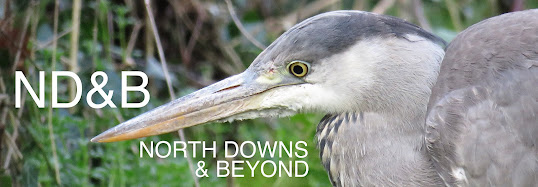Farewell, farewell
Early March. Sometimes, out of the storm clouds comes sunshine, out of the murk, clarity. Dawn at Gorey, on the Channel Island of Jersey was bright but misty. The rising sun soon burnt off the mist to reveal a morning of rare brilliance. The light was ethereal, liquid, slightly hazy. A deep azure-blue upper sky became pearly white towards the horizon. The sea had been tamed, a benign swell softly lapping against the honeyed shingle. The houses, that rose steeply from the beach, dazzling white and with unblemished grey-tiled roofs, were as a film set. Palm trees competed with the riotous flower beds for my attention, with even Agapanthus coming into bloom. In the near distance Gorey Castle rose majestically from its rocky base, all-seeing over the centuries. It was all calm, all peaceful and a strange prelude to visiting my younger sister for the last time. She had been admitted to a hospice a few days earlier, a long illness finally overcoming her. I had visited her the previous evenin...


